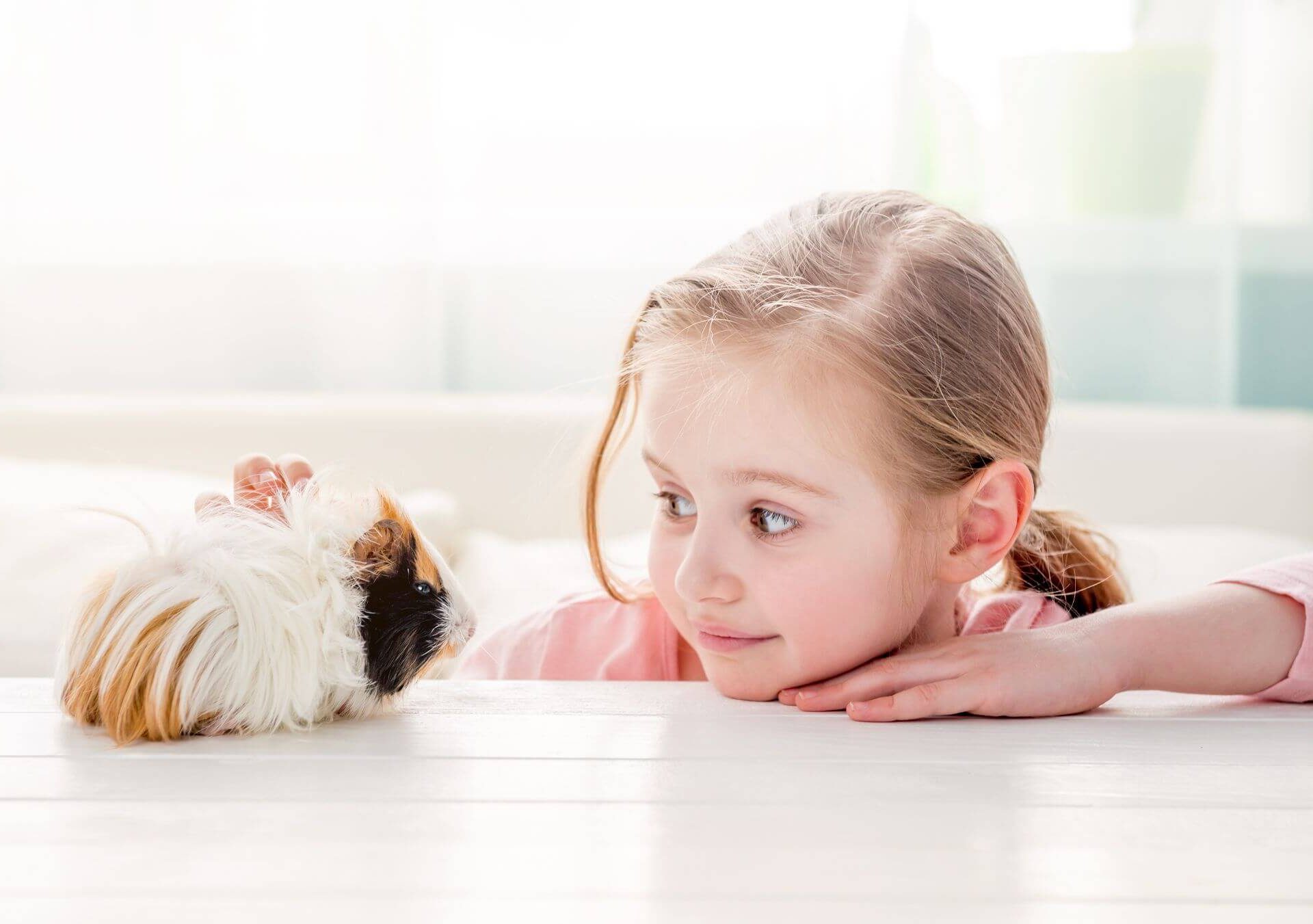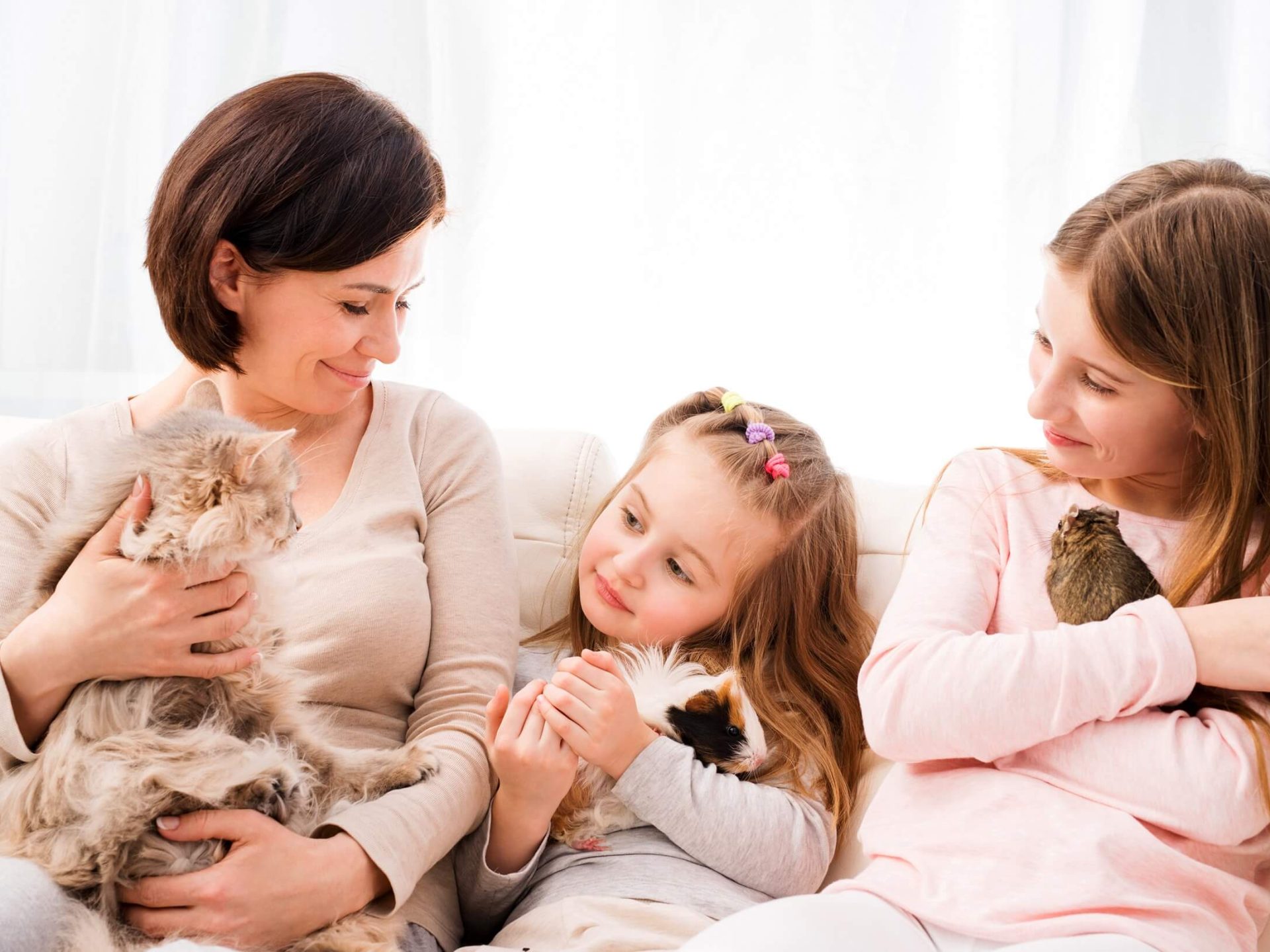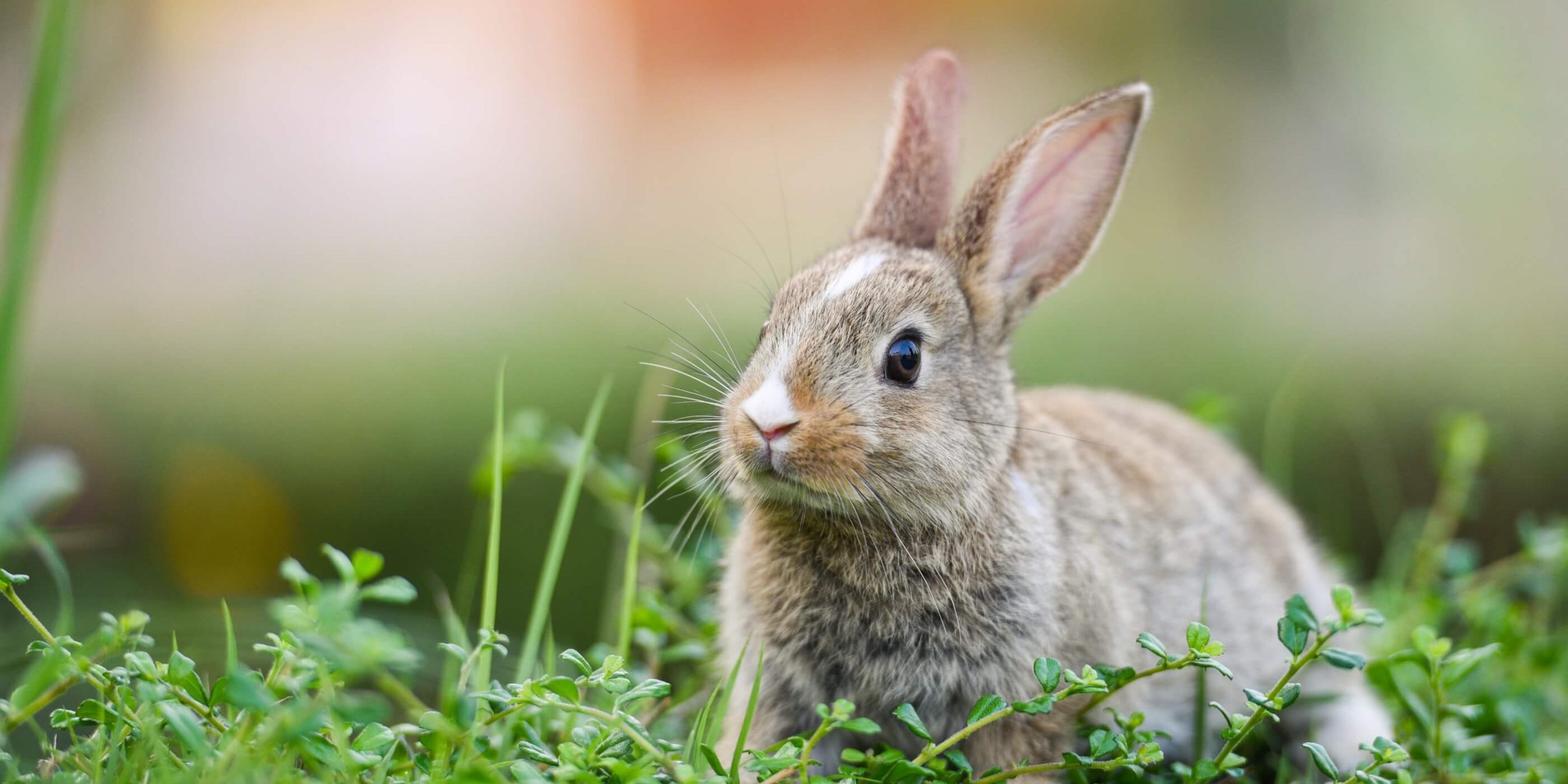
Animals as Learning Partners: Opportunities and Limitations
Whether guinea pigs in the group room, a rabbit in the schoolyard, or an aquarium in the classroom – animals fascinate children. They bring nature into the classroom and make learning experiential. However, animals are not pedagogical tools, but sentient beings. For them to become true learning partners, they require protection, mindfulness, and clear structures.
Rules for Children – to Ensure Animal Visits Remain Relaxed
There is great excitement, as a rabbit is visiting the kindergarten today! Upon entering, one hears shouts like “May I hold it?” or “I want to be first!”. However, as soon as the animal sits on the blanket, it suddenly becomes quiet. The children, who were just loud, are now whispering. They slowly lean forward, observe, and breathe quietly. An animal can change the atmosphere – but only if it feels safe.


How Small Routines Foster Independence
In the morning before school, the children’s room is bustling. Two minutes before everyone has to leave, the daughter calls out, “I still need to check the food bowl!” The mother smiles. A few weeks ago, she still had to remind her, but now it happens automatically. What sounds like a small detail is, in reality, a major developmental step: responsibility has become a routine.
